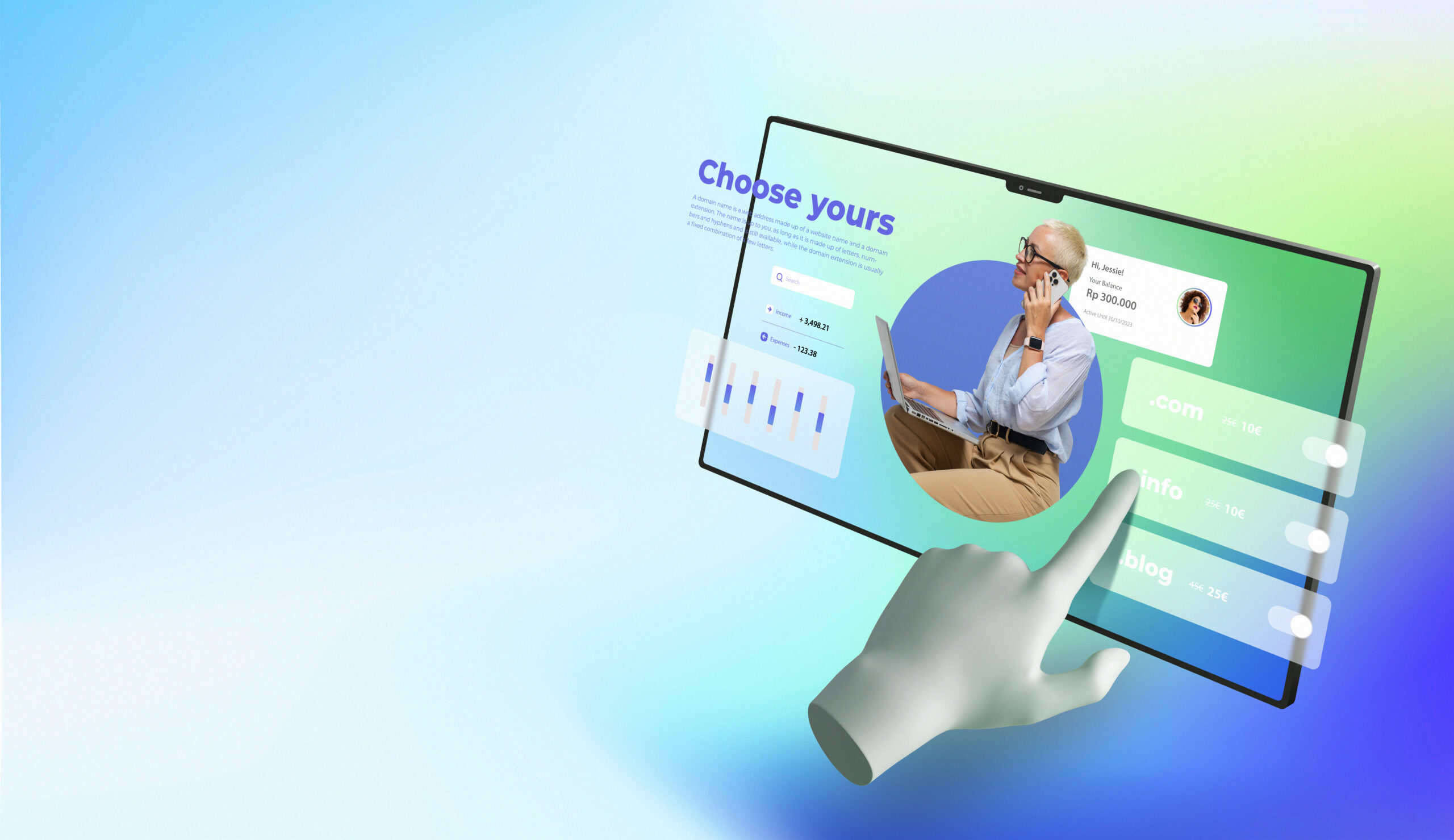In today’s digital world, having a business without a website is like opening a shop without putting up a signboard. Whether you are a small local business or a growing brand, a professional website plays a big role in how people discover, trust, and connect with you. From creating your online presence to increasing your sales, your website can be one of your most powerful business tools.
Let’s understand how a website can help your business grow and succeed.
Why Is a Website Important for Business Growth?
The first thing most people do before buying a product or service is search online. If your business doesn’t have a website, you’re already missing out on these potential customers. A well-designed website builds trust and allows you to share important information about your products, services, working hours, and contact details. It gives you a professional identity and allows customers to interact with your business 24/7, even when your physical store is closed.
More importantly, having a website gives your business credibility. Many customers trust a business more if it has a clean and updated website. In competitive markets, it could be the difference between a customer choosing you or your competitor.
How Does a Website Attract New Customers?
Search engines like Google play a huge role in helping people find businesses. When your website is properly optimized with the right keywords and structure, it appears in search results when someone searches for your products or services. This means you can reach people who have never heard of your brand before.
A website also helps in digital marketing. Whether you’re running social media ads or Google Ads, all campaigns usually lead users to your website. A good website keeps visitors engaged and helps convert them into paying customers. Features like contact forms, call buttons, and chat support can help capture leads and build long-term relationships.
What Features Should a Business Website Include?
Your business website should offer clear information and a smooth experience for users. It should be mobile-friendly since many people browse on their phones. Fast loading speed, secure hosting, and a simple layout are essential for keeping visitors on your site.
Adding testimonials, customer reviews, and case studies can increase your credibility. If you sell products, an e-commerce feature can turn your website into a 24/7 sales machine. A blog or news section can also help you connect with your audience and improve your search engine rankings by providing helpful content.
Where Can You Promote Your Website to Get More Leads?
Once your website is live, promoting it is key to attracting traffic. Sharing your website link on social media platforms like Facebook, Instagram, and LinkedIn can bring in a targeted audience. Email marketing is another great way to drive people to your site, especially if you’re running offers or launching a new product.
You can also submit your website to Google My Business, local directories, and relevant forums. These platforms help you appear in local searches, which is important for businesses targeting nearby customers. If your site is optimized for local SEO, your chances of showing up in the “near me” search results also increase.
How Much Does It Cost to Build a Business Website in 2025?
The cost of building a website can vary based on your needs. A basic website with a few pages might cost less, while a customized e-commerce site with advanced features will cost more. In 2025, thanks to better tools and platforms, even small businesses can afford professional websites without spending too much.
You can choose between hiring a developer, using a website builder like WordPress, or working with an agency that offers design and SEO together. It’s important to remember that a website is an investment, not an expense. When done right, it will bring returns in the form of leads, sales, and better brand visibility.
A website is more than just an online presence. It’s your digital office, your marketing tool, and your sales platform—available to customers any time, from anywhere. In today’s competitive world, not having a website means you’re invisible to a large part of your audience.
If you want to grow your business, build trust, and reach more people, creating a website should be your first step. Make sure it’s user-friendly, informative, and regularly updated so that it becomes a true asset for your business success.


